When Jessica Mitford published American Way of Death in 1963, independent entrepreneurs owned every single funeral home in the United States. And while ignoring the fact that they continued to innovate for decades to meet their market’s changing demands, critics heralding Mitford’s expose arrived at the conclusion still trumpeted in the book’s Amazon description today: funerals are expensive because of “the greed and ingenuity of undertakers, whom [Mitford] regards as salesmen guilty of pressuring families into agreeing to their excessive standards for burial.”If that were even remotely true one would have expected a zeitgeist change in the funeral industry since then, but while Service Corporation International (owner of Del Angel, Dignity, National Cremation, Memorial Plan, Neptune Society and Advantage) may have managed to consolidate about ten percent of the funeral business into a single ticker on the New York Stock Exchange, 85% of funeral homes are still independently owned and the vast majority of Americans turn to the closest one in their time of need.
Directors Still Directing
When they get there they discover that the funeral industry has continued to innovate to meet their market’s changing demands.
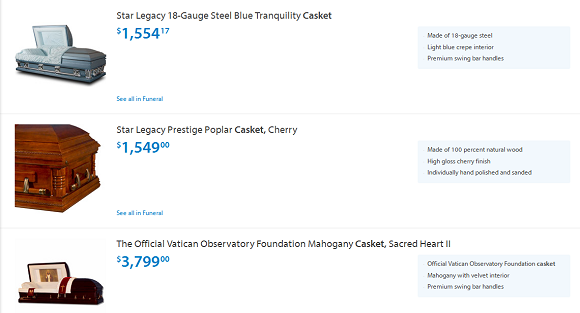
At one end of the spectrum you have what might appear to be cost-driven changes, such as caskets from Walmart and laws requiring funeral homes to use whatever casket a customer wants. But compare the prices in this random sample to this quote from a consumer advocacy article supposedly exposing funeral industry price gouging: “A casket that sells for $1295 at a funeral home will typically wholesale for about $325.” While that may be true, it’s also true that a typical funeral parlor can offer prices similar to Walmart’s, perhaps explaining why these sorts of oddities have yet to truly impact the industry.
A far more substantial impact comes from the proliferation of funeral homes. There are four times as many of them in the United States as needed, but since this figure is aggregated the actual situation varies dramatically from place to place; consumer advocacy group Funeral.org estimates that Pennsylvania may have 1,087 too many while Arizona may have 43 too few. But nationwide, each state has an average of 190 too many, meaning you’re probably not the only home a bereaved family will contact.
Out-performing the competition becomes a matter of meeting your market, and that’s where things get interesting because American’s attitudes towards death and commemoration have changed dramatically and seem to be continuing to evolve.
Funerals Coming Into Focus
One major cause has been the amount of time people have to contemplate their own deaths. Mortality has declined continuously for decades, leveling off in the 1990s because the population kept getting older as cancer and heart disease killed fewer and fewer people. In 1900 most people died in their 40s; today most live to nearly eighty and fully one third of all deaths are people 85 and older.
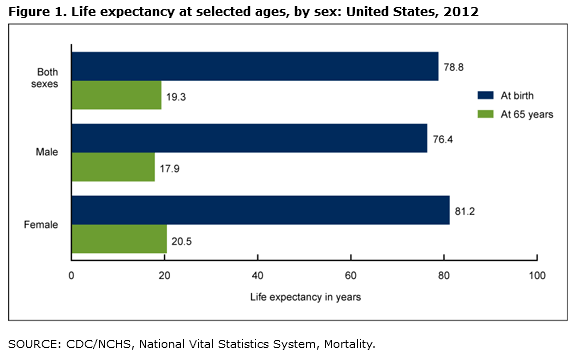
Not only do people have more time to think about themselves, Baby Boomers have a much longer time to contemplate their parent’s death than any previous generation. Because of this, more investigation and decision-making goes into the process than perhaps ever before, with people reaching informed conclusions impacted by their personal, political, and spiritual beliefs.
This doesn’t follow the same path in every place and it will never flow at the same rate everywhere. Nationally embalming is on the way out, for example, not because people have concluded it’s a rip-off as Mitford may have suggested, but because they don’t want to create a market for the human carcinogen formaldehyde. Whereas in the past people wanted sealed caskets to protect the deceased from the elements, today they prefer biodegradable ones that will quickly return their loved ones to nature. The Urban Death Project would take this to a whole new level by replacing cemeteries with contemplative gardens where family members could remember their deceased among trees growing in their high-temperature composted remains.
Today many Americans must watch their loved ones succumb slowly to degenerative diseases; about 70% of us die in a hospital or care facility, and since 2011 an incredible 40% of the increase in Medicare spending went to caring for people with Alzheimer’s. In 2012 over 1.1 million Americans died under the care of Hospice, and there were about 2.4 million funerals that year, indicating that a vast and expanding portion of the population has faced death intimately and intelligently, choosing not only how they wish to die but how they wish to be commemorated.
Evolving Into the Past
Attitudes towards handling dead bodies have evolved at the same time, undermining the superstitions that used to drive people away from them, a phenomenon that at first might seem to undermine the role of the funeral home but that might actually open opportunities.
Caring for the dead at home has become far more common, and many within the funeral industry consider this a threat. While Minnesota and Utah banned the practice, all but eight states have virtually eliminated any legal requirement for the involvement of professionals in anything other than cremation or internment. Nonprofit home funeral groups seem determined to follow Hospice’s outrageously successful model, poised to undermine the role funeral parlors in funerals the same way Hospice undermined the role of hospitals in palliative care.
We may be seeing a long-term trend converging towards a Hospice-inspired approach to dying, a new willingness to care for the dead at home, and a reliance upon funeral parlors to handle the remains.
In fact, to see where this trend is going we might look backwards, with Victorian photographs and Irish Wakes informing our suppositions.
The Victorians were the first people with easy access to photography, and one common type of photograph included deceased family members posing with other family members as if they were still alive. As you can see from this example, many of these photographs (or at least the ones that survive) involved children, since child mortality was so much higher back then. Nevertheless, it indicates that the desire to commemorate by creating the illusion that a family member is still among the living has deep roots.
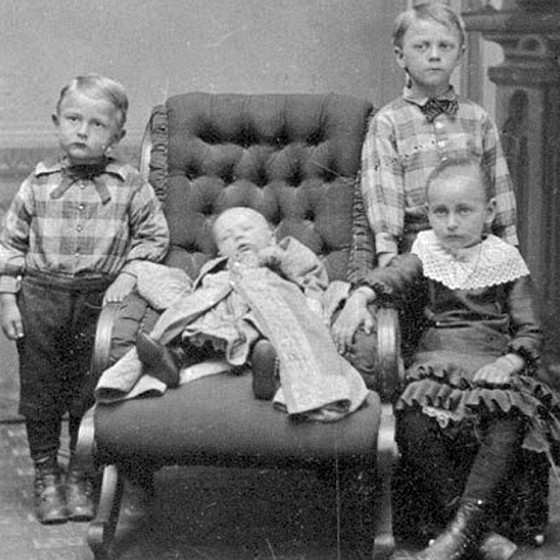
And according to Ancestry.com, up until very recently the Irish customarily kept their deceased at home for a day or two and often threw an enormous party to celebrate their life. Sometimes the corpse would “join” the festivities, an idea that some Americans seem to think might be a much better final image than the dour casket-side viewing that has become so common.
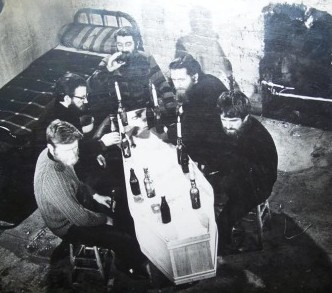
Funeral homes in New Orleans – which claims to put the “fun” back in “funeral” – have revived this concept – not of their own initiative, mind you, but in response to demand. It’s impossible to look at this image of a deceased sports fan with her glass of wine and cigarette without wondering two things:
First, will those who partied with her for the last time remember the experience fondly, or will it creep them out?
And second, might it be worth the time to learn how to provide such a service as an innovative way to capture market share in a crowded space?
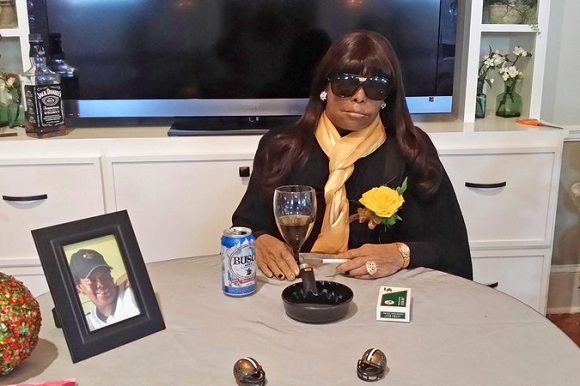
The New Face of Your Profession
Other trends in the industry may indicate that this is the case. Fully 57% of students enrolled in mortuary colleges today are women, which represents a dramatic shift in an industry dominated by men since the founding of the nation.
And if the young woman in this video, Caitlin Doughty of Los Angeles, is in any way a harbinger of things to come, then the future of the industry belongs to the creative. Her YouTube series, “Ask a Mortician,” receives tens of thousands of views – each one of which, presumably, brings the discussion of death and commemoration closer to the surface of the public imagination.
She represents a new generation and new consciousness telling CBS News that “Having these conversations about allowing people to die and how they want to die -- and with control -- is going to be incredibly important. I think in some ways it's going to be the next civil rights issue.”
The numbers seem to back her up -- about 57 million Americans are over 60 today, and by 2020 that will balloon to 76 million. That’s a huge bloc of voters, and if they want the control Doughty thinks they will, they’ll get it.
Successful funeral parlors may be the ones that set about meeting their demands, and perhaps letting customers know that you are happy to do the very least – like just the cremation – or the very most, including staging elaborate wake-like parties, will build the kind of confidence that will earn pre-need business as well as the thanks of bereaving families.
We’ve been serving funeral parlors for much of our thirty-one year history and we know a few things about building a resilient business. Some things change – we’ve survived the rise of the debit card, online bill pay, and now the smartphone wallet – while some things stay the same. Your industry may be changing, but people’s fundamental need to have a professional help in a time of distress won’t.
Make sure that after you’ve invested your time and emotional support in a new client that you can accept their preferred method of payment without risk. When it comes to accepting checks, we have deep experience in your industry and offer a guarantee so you can accept checks without any risk to your cash flow. No matter what changes in your industry, getting paid will remain a priority. Learn more here.



